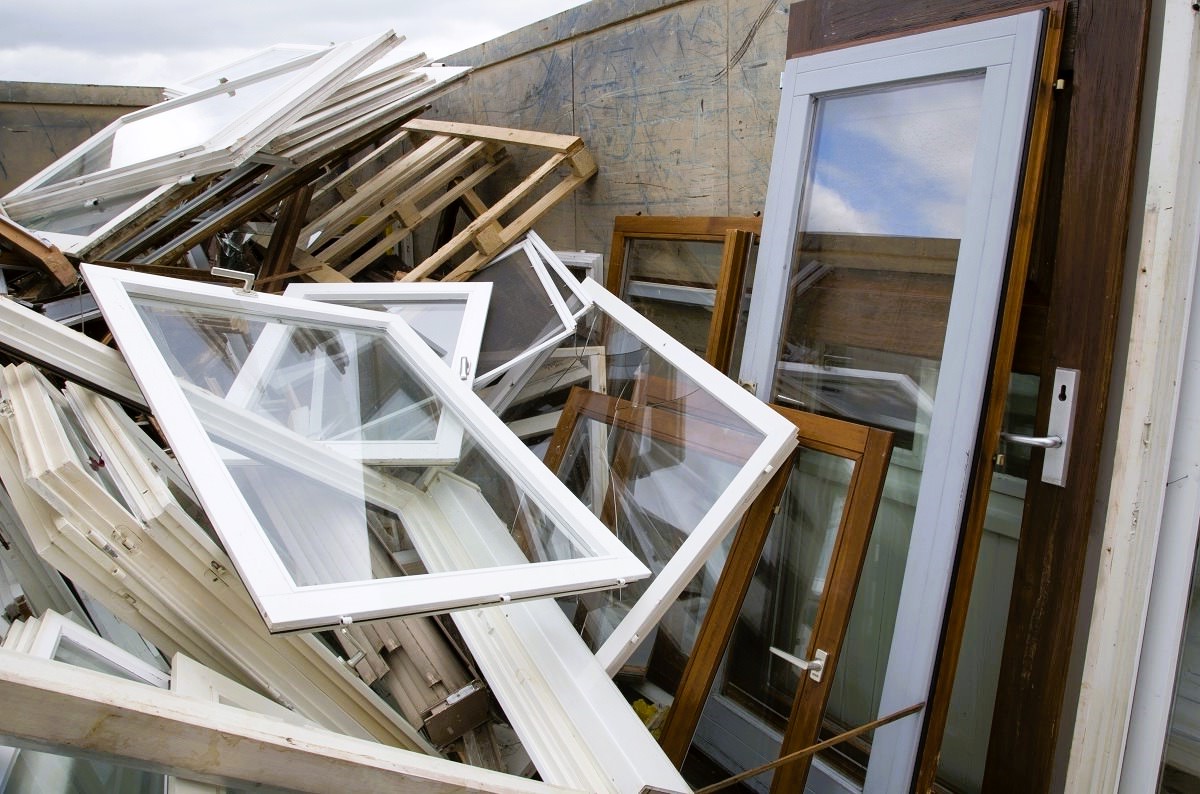As environmental awareness grows, eco-friendly windows have become an increasingly popular choice for homeowners and businesses alike. These windows are designed with sustainability in mind, considering their environmental impact throughout their entire life cycle. From the manufacturing process to disposal, eco-friendly windows undergo careful consideration to minimize resource consumption, energy use, and waste generation. In this article, we will explore the life cycle of eco-friendly windows, highlighting the steps taken to ensure their environmental-friendliness and provide a sustainable solution for window installations.
1. Sustainable Materials and Responsible Sourcing:
The life cycle of eco-friendly windows begins with the selection of sustainable materials. Window manufacturers opt for materials with lower environmental impacts, such as responsibly sourced wood, recycled aluminum, or fiberglass made from renewable resources. These materials are chosen for their durability, recyclability, and ability to reduce the window’s overall carbon footprint.
By sourcing materials responsibly, window manufacturers support sustainable forestry practices and reduce the demand for virgin resources, thereby preserving natural ecosystems and biodiversity.
2. Energy-Efficient Manufacturing:
Eco-friendly window manufacturers prioritize energy-efficient production methods. Advanced manufacturing technologies and processes are employed to minimize energy consumption during the production of window frames, glass panels, and other components. The use of renewable energy sources further reduces the carbon emissions associated with the manufacturing phase.
During the manufacturing process, waste generation is also minimized through efficient production planning and recycling initiatives. Any waste generated is often recycled or repurposed to ensure that it does not contribute to landfills or environmental pollution.
3. Transportation and Distribution:
Transportation plays a significant role in the life cycle of eco-friendly windows. Window manufacturers take measures to optimize transportation routes and methods, reducing the carbon emissions associated with shipping and distribution. By utilizing eco-friendly packaging materials and maximizing shipping loads, the environmental impact of transporting windows to their destinations is further minimized.
4. Installation and Energy Efficiency:
Upon reaching their destination, eco-friendly windows are installed in buildings using energy-efficient techniques. Proper installation is essential to ensure the windows’ optimal performance and energy efficiency throughout their lifespan. Properly installed windows create an airtight seal, preventing drafts and minimizing heat loss or gain, leading to reduced energy consumption for heating and cooling.
5. Longevity and Durability:
Eco-friendly windows are designed for longevity and durability. Their long lifespan reduces the need for frequent replacements, which can be resource-intensive and generate more waste. By investing in high-quality, long-lasting windows, homeowners and businesses can reduce their environmental impact over time.
6. Energy-Efficient Performance:

Throughout their use, eco-friendly windows continue to demonstrate their energy efficiency. With advanced glazing technologies and insulating properties, these windows contribute to lower energy consumption for heating and cooling. Reduced energy usage directly translates to lower greenhouse gas emissions and a smaller carbon footprint. We’ve put together tips for window durability and efficiency in our article on Sustainable Window Care.
7. Regular Maintenance and Repairs:
Proper maintenance and timely repairs are essential to extend the life of eco-friendly windows. Regular cleaning and inspections ensure that the windows continue to function optimally and maintain their energy-efficient performance.
8. End of Life and Recycling:
As with any product, eco-friendly windows eventually reach the end of their life cycle. However, the sustainable design principles followed during their manufacturing enable these windows to be recycled and repurposed. Many components, such as aluminum frames and glass, can be recycled to create new products, reducing waste and resource consumption.
For more information on eco-friendly standards and initiatives, visit Canada.ca.
Conclusion:
The life cycle of eco-friendly windows exemplifies a commitment to sustainability and responsible environmental practices. From the careful selection of sustainable materials to energy-efficient manufacturing, transportation, and installation, eco-friendly windows strive to reduce their environmental impact at every stage. Their long lifespan, energy-efficient performance, and recyclability further solidify their position as a sustainable solution for window installations. By embracing eco-friendly windows, homeowners and businesses alike contribute to a greener and more environmentally conscious future.

